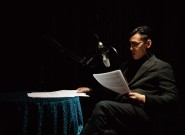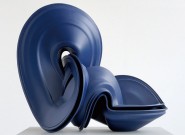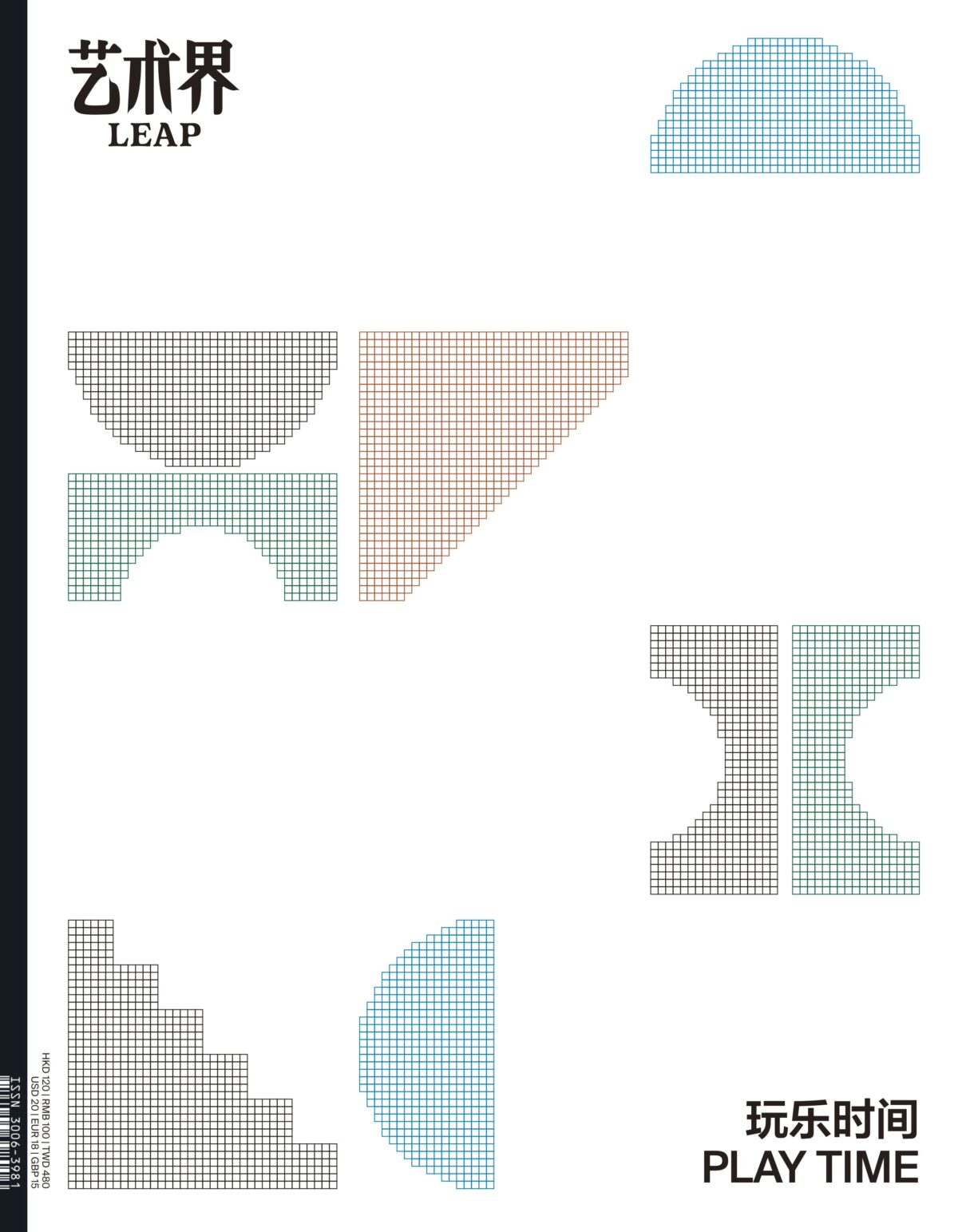In his later years, the Sui-dynasty Emperor Yang built a labyrinthine palace (“mi lou”), with “winding yards and twisting halls, each one leading to the next; hearths and rooms in the tens of thousands, all adorned with shining jade.” A place this beautiful was also a place meant to render its guests lost within its…
Read MoreThe title of this exhibition,“Boy: A Contemporary Portrait,” connotes something provocative. The combination of “boy” and “contemporary” deserves particular mention, opening up the kind of discussion that could either become elevated and abstract, or be summed up briefly and succinctly. The exhibition “politely refused” the participation of female artists, thereupon automatically presenting itself as some…
Read MoreThere is quite a bit of overlap between Yang Mian’s “CMYK” and He Sen’s “Conversing with The Moon,” two solo exhibitions separated by the Chinese New Year. Both artists are graduates of the Sichuan Fine Arts Institute, both invited Lü Peng to act as curator, both opted for similar publication formats (each providing one exhibition…
Read MoreFor thousands of years, the book has been a vehicle for the unbounded exploration of objective knowledge and experience and subjective feeling and imagination. Often books convey truths or tenets that, although they cannot be proven, come to the author in a flash of insight. Seen this way, the concept of an “artist’s book” might…
Read MoreIn the past couple of years, performance art has seen a resurgence in popularity on the international art scene, at the same time igniting in China renewed enthusiasm for theoretical writings, especially translated texts. Li Ran’s recent solo exhibition stands at the crossroads of these two trends. The exhibition’s title is directly borrowed from Cézanne’s…
Read MoreHeman Chong’s practice, concisely stated on his website, “… involves an investigation into the philosophies, reasons and methods of individuals and communities imagining the future.” Presented at the NUS museum in Singapore, “Calendars (2020-2096)” is a full embodiment of this credo. Consisting of 1,001 color images of public interior spaces in Singapore he visited over…
Read MoreIn 1949, as he was boarding a plane to leave China, David Diao saw a sign that read “One suitcase per person.” He later made a painting bearing those words, which provide the inspiration for the title of this exhibition. The simple phrase evokes travel, baggage and the individual. It is the starting point for…
Read MoreContextually underpinning Leung Chi Wo’s first solo exhibition in London, “We Must Construct as Well as Destroy,” is Aston Webb, an architect whose text published in the book London of the Future (1921) forms the exhibition title. In Aston Webb’s Prophecy (2011), a photograph of the Webb-designed Hong Kong Legislative Council (LEGCO) Building is presented…
Read MoreThe earliest encounter between Tony Cragg and Chinese audiences was in 2005 during the second Beijing International Art Biennale, where the British sculptor won First Prize. Perplexingly— especially as this exhibition functioned also on the diplomatic level, as part of the British Council’s UK Now festival, but also because Cragg himself often cites it alongside…
Read MoreSui Jianguo’s solo exhibition at Pace Beijing mounted the representative works of his various phases from the 1980s on, the earliest of which is a plaster cast sculpture from 1987, when Sui was still a student working toward his MA. The most recent of works on display is 2011’s bronze cast, The Blind. As it…
Read More“Under the Big Black Sun: California Art 1974–1981” (“UBBS”) is a sprawling exhibition that hinges on a bold claim and a stubborn refusal. The claim, made by MOCA chief curator Paul Schimmel, is that the unruly, anything-goes pluralism of California art during this period had far-reaching consequences that are “just beginning to be understood.”¹ America…
Read MoreThey say a picture is worth a thousand words. At the New Museum’s second Triennial “The Ungovernables,” however, visitors often find themselves needing to trudge through lengthy, jargonistic labels in order to make sense of the many artworks and projects on display. While this seems to have become the norm these days for contemporary art…
Read MoreDouglas Coupland wants to know what being alive means to you. What would you say to someone 100 years in the future, or 100 years in the past? His own answers are provided by his work in the group exhibition “By Sea, Land & Air, We Prosper” at Art Labor 2.0. This is Vancouver’s motto,…
Read MoreYang Fudong’s film noir aesthetics have been employed in both his monumental arthouse epic Seven Intellectuals in a Bamboo Forest (2003-2007), and in his exuberant foray into advertising for Prada’s First Spring (2010). Considering this, it is difficult to know where this artist stands and for what. The answer may be clearly developed in his…
Read MoreCai Guo-Qiang’s work straddles a sometimes-uncomfortable line between spectacle and meaning. The title of his blockbuster solo show at MATHAF in Doha, “Saraab”— which translates from the Arabic as “mirage”— as well as its “explosion event” in the desert nearby are a wholly appropriate allusion— officially, to the subject matter of the works, but unintentionally,…
Read MoreThe relationship between old master or modernist art and contemporary work is not immediately easy to comprehend. The paintings of Manet and Matisse reveal obvious visual connections to Giotto’s frescoes, but installation, performance, and video art appear to have radically different concerns. In China, the connection between traditional and present-day art is even more elusive….
Read MoreOil painting is dead, and if you believe the cynics, it has been for a long time. It died with the arrival of conceptual art, or photography, or Damien Hirst and those infernal YBAs— call it whenever you want, that does not change the fact that it’s still dead. Why paint anymore when there are…
Read MoreWang Xingwei’s painting is essentially isolated from the critical establishment. His take on art history starting in the mid-1990s was nothing more than a bone tossed to the critics. In the so-called “narrative” paintings that received the most attention, the repetition of the everyday mixed with literary themes of sex, violence, illusion, and death made…
Read MoreUsing things from the past, both material (old documents or objects) and immaterial (memories or forms), has already become stale artistic practice; many artists nowadays instead exert great effort searching for the differences, or the dialectical relationship, between the past and the present. Although Hong Hao makes use of “old” materials in this exhibition, it…
Read MoreThis project deals with the practice of exchange between poetry and art; it is also a plan of considerable duration and continuity that is still in the midst of execution. Positioned within the private art museum landscape as it is today— its good mixed in with its bad— it is an undoubtedly imaginative initiative. Its…
Read More























